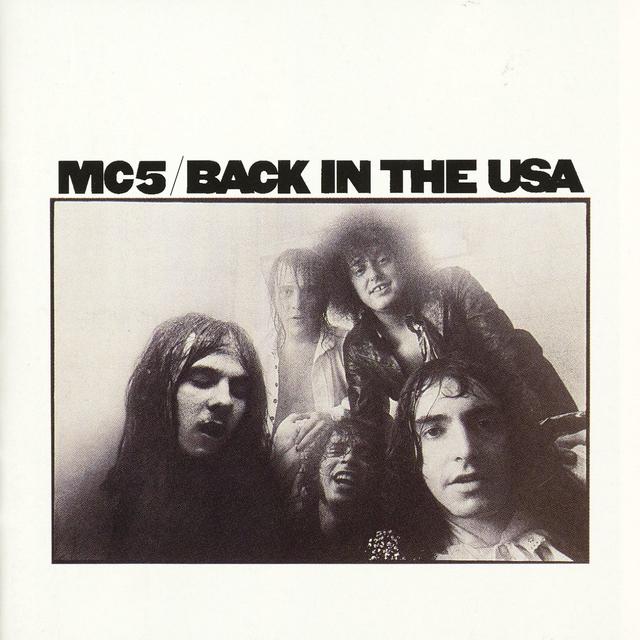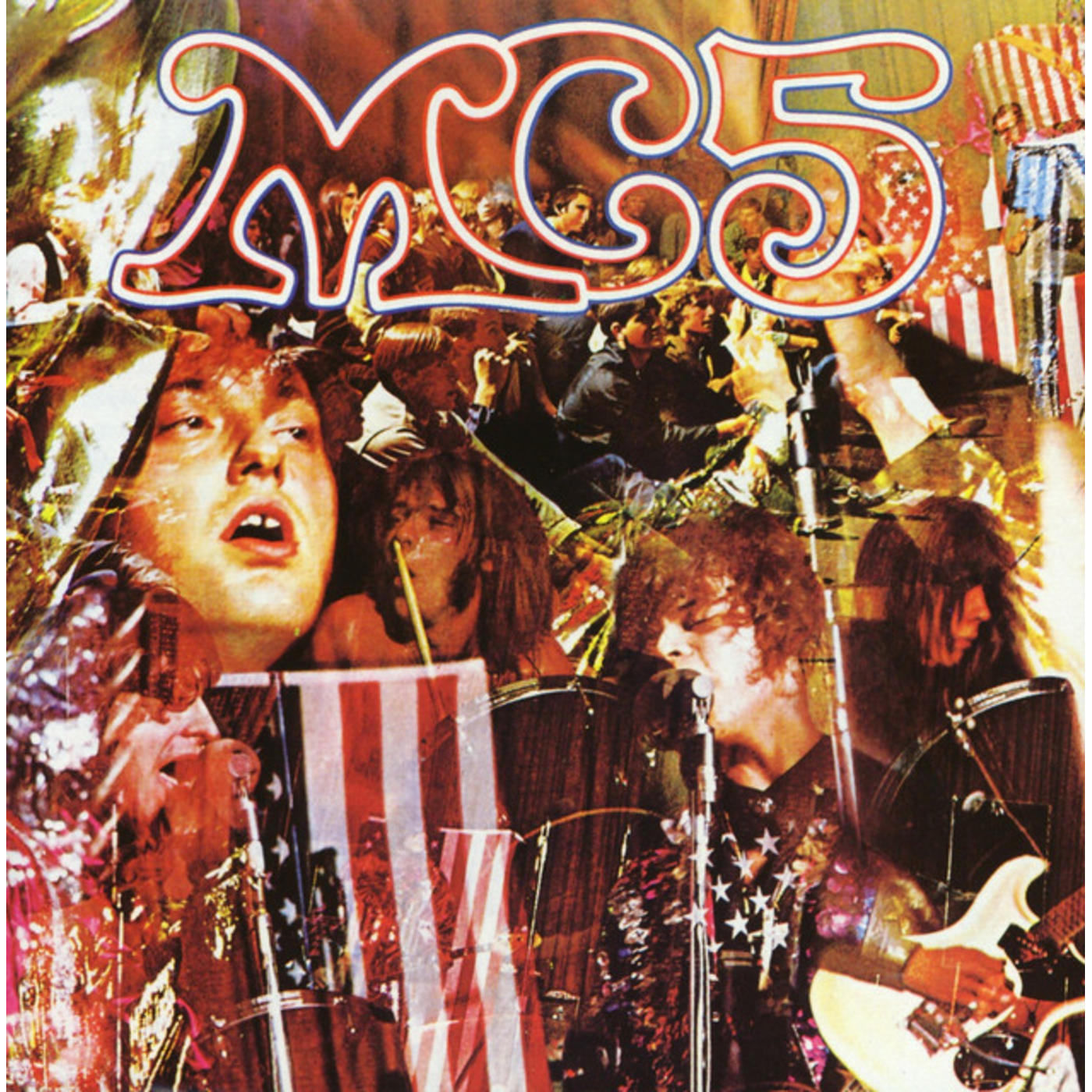Happy 50th: The MC5, BACK IN THE USA

50 years ago today, the MC5 released their second album, which was actually their first studio album, but while the band might’ve made a hell of a first impression with KICK OUT THE JAMS, which was recorded live at Detroit’s Grande Ballroom over the course of two nights, they confirmed with BACK IN THE USA that they could kick out the jams in the confines of the studio, too.
BACK IN THE USA is bookended by a pair of covers, kicking off with a raucous version of “Tutti Frutti,” made most popular by Little Richard, and closing out the proceedings with the title track, written by Chuck Berry. The nine tracks situated between them, though, were written by the band, and they were strong enough to take the album into the lower reaches of Rolling Stone’s 500 Greatest Albums of All Time in 2011, ranking at #451.
Given how hard the MC5 rocked, it’s no wonder that those original numbers were well-respected by punk bands on both sides of the pond: “Shakin’ Street” was covered by the Vibrators, the Damned tackled “Looking at You” on their 1979 album, MACHINE GUN ETIQUETTE, and if you listen closely when you’re watching Rock ‘n’ Roll High School, you just might hear – what else? – “High School.”
BACK IN THE USA was produced by Jon Landau, now known better for his longtime association with Bruce Springsteen, but at the time he was coming off of a career as a music critic (you can find his work in the very first issue of Rolling Stone, in fact), and he’s since gone on to produce albums for Livingston Taylor and Jackson Browne, along with the aforementioned Boss. At the time, the album was met with less enthusiasm than its predecessor, likely because it found the MC5 trying to shift away from their rough and tumble sound of their earlier recording and move into a more mature sound. Listening to it now, though, it’s still a much more intense effort than much of what else was coming down the pike, which is no doubt why it continues to sound sonically relevant even five decades on.
For more information, click the buttons below:

